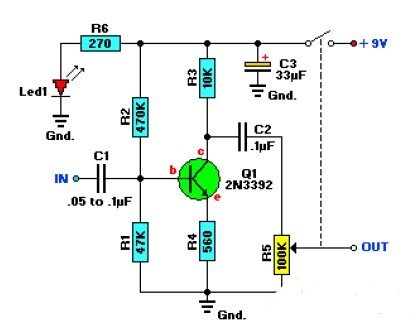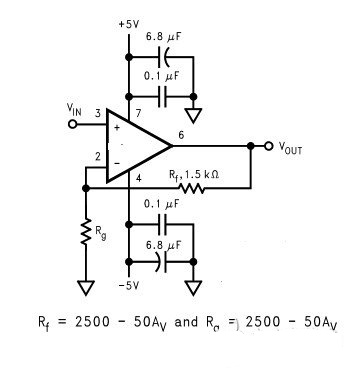Nowadays, the circuit design capability judgment methods widely distributed on the network can be roughly divided into two categories: one is biased towards "metaphysics", for example, the nine levels of circuit design, the content is mysterious and mysterious, and can reach its highest nine-segment standard. There may be few people on the planet. Practice according to this standard, not to escape the magic. The other type of judgment criteria is relatively scientific, objective, and more common, such as the 100 experience of modular design. This standard focuses on the amount of knowledge points accumulated, or it focuses on quantity, but ignores quality. For example, Li Wei can recite more than 30,000 Tang poems, but he can't write "the moonlight in front of the window". Come to the pen. Affected by this method, many graduate students in the pot indulge in looking at the paper in order to pursue the number of knowledge points. They often listen to netizens saying: I have a paper one day.
In comparison, the following design ability judgment criteria may be more scientific and effective, more practical, and have a certain direction of learning.
At the first level, the stage cannot be judged.
For example, find the circuit shown in the figure below, the component parameters are all marked, draw the PCB directly, solder, power on if the function is normal, it is over. Because there is no design action in this process, there is no way to judge.
The second level, the design entry stage.
This stage is to design a circuit that meets the performance specifications based on a given circuit structure and associated parameter constraints or conditions.
For example, in the figure below, the circuit has been determined to be a non-inverting amplifier. Given Av, the two resistors Rf and Rg can be determined according to the formula.
The third level has a stage of primary design capability.
This phase refers to the given circuit structure, and derives the parameter constraints and trade-off principles according to the final design specifications.
For example, in the above figure, the requirement is to design a circuit with Av=10 with a non-inverting amplifier. How to compare the two resistors is appropriate.
The fourth level, the intermediate circuit design capability stage.
It can reasonably select the required circuit structure, or can reasonably modify the circuit structure according to the index, and give a design scheme that meets the requirements.
For example, only know the gain, PSRR, CMRR, etc. of the amplifier to be designed, and select or modify the circuit structure so that it can complete all the indicators.
The fifth level, the advanced circuit design capability stage.
The designers at this stage are getting better and better. The specific performance is to be able to improve the application, innovation and development, the problem-solving ability, the eclectic capacity of the most energy-efficient arrangement, and the value of each component in the circuit. Just right, it doesn't matter. Ultimately, the potential of the circuit is maximized.
(It seems that Intel fully meets these requirements, many companies in Europe can't do this, so its circuit performance is well-regulated, ordinary, and Intel is very surprised)
Note: Different industries may have different requirements, so the performance is not the same, so it is impossible to make a hard copy. However, in general, analog circuit design in different industries can be summarized as follows: circuit/system/process/CAD, which are only four different parts, such as discrete parts design, process requirements will be weak.
Which stage do you belong to now after reading?




